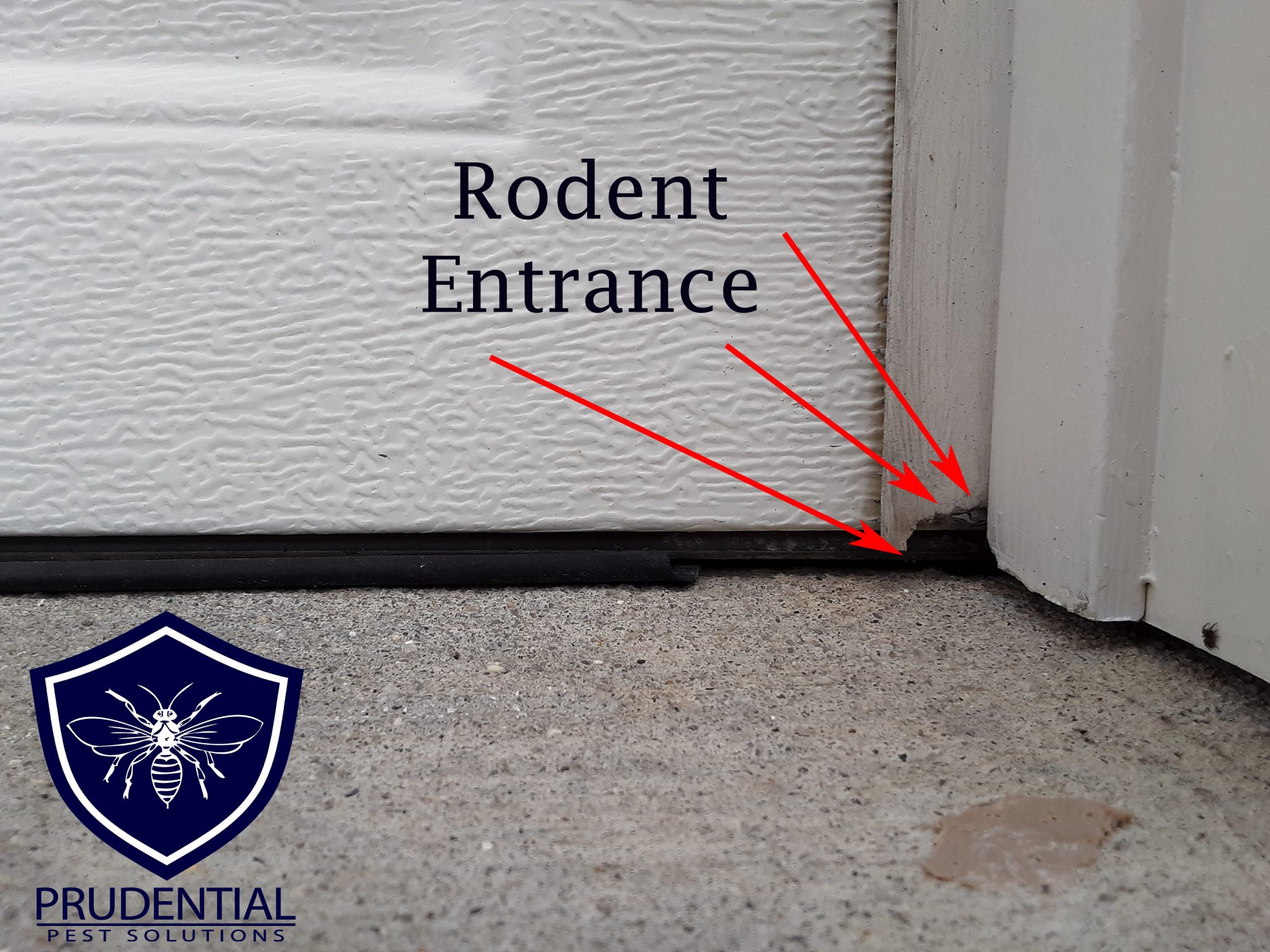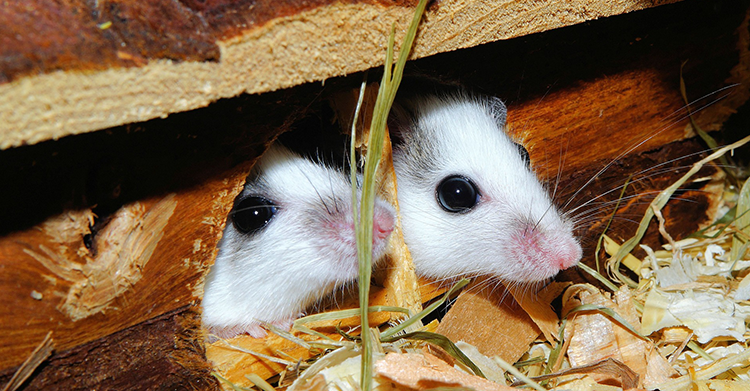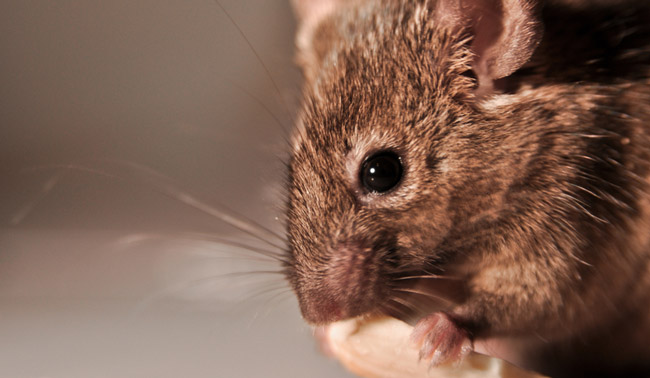Once you have a towel under the door roll another towel up and place it in front of a closed door as you would a draft excluder.
How to keep mice from chewing under the garage door.
How to stop mice from getting under garage door.
Install metal door flashing on the interior bottom and sides of wooden garage doors.
Garage doors rarely have a tight seal on all sides.
Rodents can sometimes chew through the bottom corner of the weatherstripping that wraps around the trim surrounding the garage door.
Rick weeks has a simple fix for that that only costs about 10.
Inside this strip is a mixture of fabric and metal that is virtually impossible for rodents to chew through.
It serves to help seal your garage s opening while also keeping your door and the ground beneath from damaging each other.
There is a strip of rubber at the bottom of your garage door.
This is one of the areas where rodents often try to chew their way through.
When you have to fill the gap use stainless steel or copper wool not kitchen pad with soap though and optionally foam the gap closed.
Keep food sealed or out of the garage and put dog food fertilizers and grains in tightly sealed plastic containers.
The metal stops the mice from eating through the foam.
Start with one and try to get as much of the towel under the door as you can.
One of the main ways that mice enter homes is through the garage.
Peppermint is a natural mouse deterrent and is environmentally safe.
The flashing protects the edges of the door so that the mice cannot chew through the wood.
Replace and adjust door thresholds and gaskets.
Use peppermint around your garage as well as your vehicle for maximum repulsion.
Garage door rodent seals consist of a rubber strip that wraps around your door s existing bottom seal.
Spray a solution of peppermint extract and water around the perimeter.
The rubber threshold at the bottom of the door wears out and wears down and no longer seals tightly.
Rubber thresholds at the bottom of the door should be replaced every 2 3 years.














































